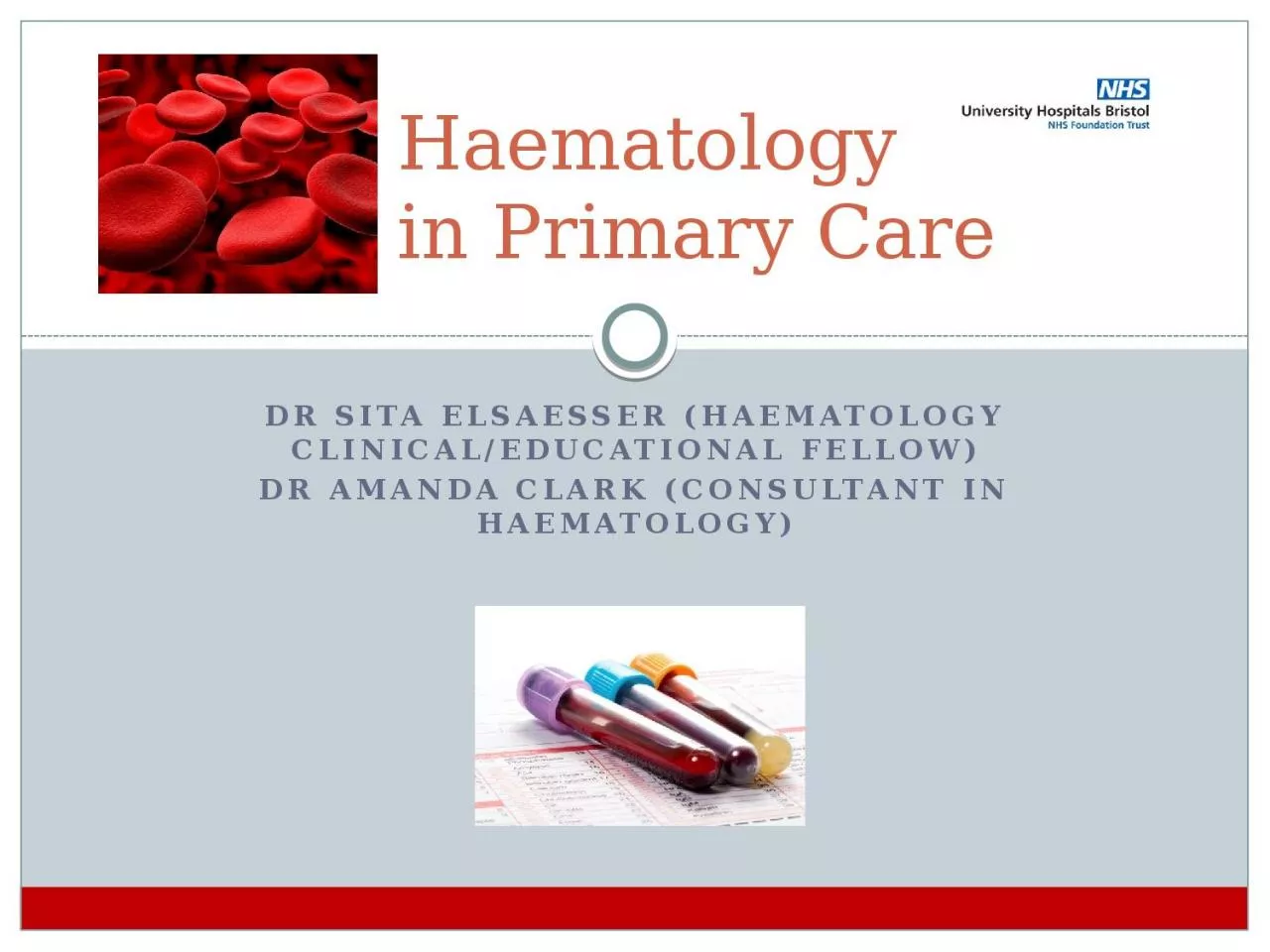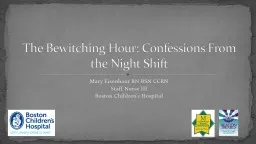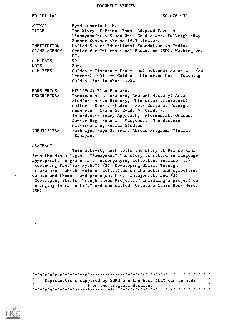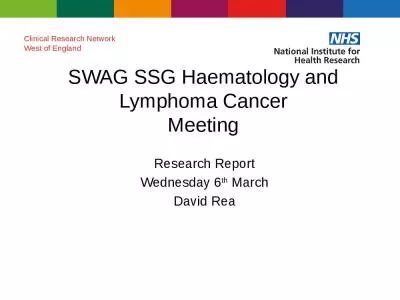PPT-Dr sita Elsaesser (haematology clinical/educational fellow)
Author : everly | Published Date : 2024-03-13
Dr amanda Clark consultant in haematology Haematology in Primary Care Topics Questions and cases will be covered within each Interpreting a Full Blood Count Normal
Presentation Embed Code
Download Presentation
Download Presentation The PPT/PDF document "Dr sita Elsaesser (haematology clinica..." is the property of its rightful owner. Permission is granted to download and print the materials on this website for personal, non-commercial use only, and to display it on your personal computer provided you do not modify the materials and that you retain all copyright notices contained in the materials. By downloading content from our website, you accept the terms of this agreement.
Dr sita Elsaesser (haematology clinical/educational fellow): Transcript
Download Rules Of Document
"Dr sita Elsaesser (haematology clinical/educational fellow)"The content belongs to its owner. You may download and print it for personal use, without modification, and keep all copyright notices. By downloading, you agree to these terms.
Related Documents














